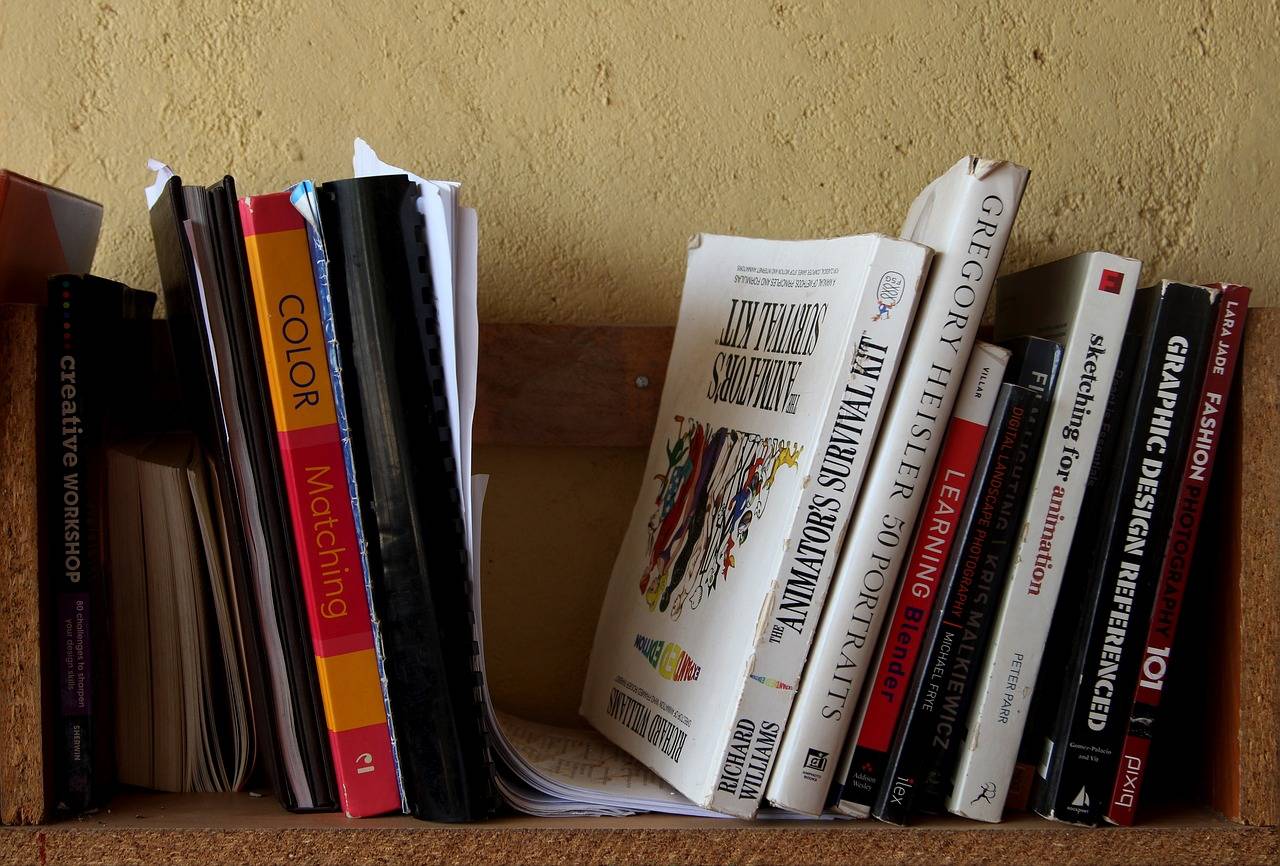How to Develop Trend Forecasting Skills: Allpannel, Lotus bhai, Allpaanel com mahadev book login
allpannel, lotus bhai, allpaanel com mahadev book login: Developing trend forecasting skills is essential for businesses and individuals who want to stay ahead of the curve in a constantly evolving market. By predicting future trends, you can make informed decisions, plan strategic initiatives, and capitalize on emerging opportunities. In this blog post, I will outline some tips on how to develop your trend forecasting skills.
1. Stay Informed: The first step in trend forecasting is to stay well-informed about current events, industry developments, and consumer behavior. Follow reputable sources, read industry publications, attend conferences, and engage in networking opportunities to gain valuable insights into what is happening in your market.
2. Analyze Data: Data analysis is crucial in trend forecasting. Utilize tools such as Google Analytics, social media insights, and market research reports to gather data on consumer preferences, buying patterns, and emerging technologies. By analyzing this data, you can identify patterns and make predictions about future trends.
3. Understand Your Audience: To forecast trends effectively, you need to have a deep understanding of your target audience. Conduct surveys, interviews, and focus groups to gather information about their preferences, needs, and behaviors. By understanding your audience, you can anticipate their future needs and tailor your offerings accordingly.
4. Collaborate with Experts: Trend forecasting can be a complex and challenging process. Collaborating with trend experts, data scientists, and industry professionals can provide you with valuable insights and perspectives. By working together, you can leverage each other’s expertise and develop more accurate trend forecasts.
5. Use Trend Forecasting Tools: There are various trend forecasting tools available that can help you analyze data, identify patterns, and make predictions. Tools such as Trend Hunter, WGSN, and Mintel can provide you with valuable insights into emerging trends, consumer behavior, and market dynamics.
6. Experiment and Iterate: Trend forecasting is not a one-time process. It requires continuous experimentation, iteration, and refinement. Test different forecasting models, track your predictions, and analyze the results to improve your forecasting skills over time. By experimenting and iterating, you can become more accurate in predicting future trends.
7. Stay Open-Minded: In trend forecasting, it’s essential to stay open-minded and adaptable. Trends can be unpredictable and can change rapidly. By staying open-minded, you can anticipate shifts in the market, embrace new ideas, and adjust your strategies accordingly.
FAQs
Q: How far into the future should I forecast trends?
A: The timeframe for trend forecasting can vary depending on your industry and business goals. Some trends may emerge in the short term (6-12 months), while others may unfold over a longer period (1-3 years). It’s essential to consider your specific context and objectives when forecasting trends.
Q: How can I validate my trend forecasts?
A: One way to validate your trend forecasts is to track your predictions against real-world data and outcomes. Monitor market developments, consumer behavior, and industry trends to see how accurate your forecasts are. Additionally, seeking feedback from customers, colleagues, and industry experts can help validate your forecasts.
Q: What if my trend forecasts are wrong?
A: Predicting trends with 100% accuracy is impossible. If your trend forecasts turn out to be incorrect, it’s essential to learn from your mistakes, analyze what went wrong, and adjust your forecasting approach accordingly. Don’t be discouraged by incorrect forecasts use them as learning opportunities to improve your skills in the future.







